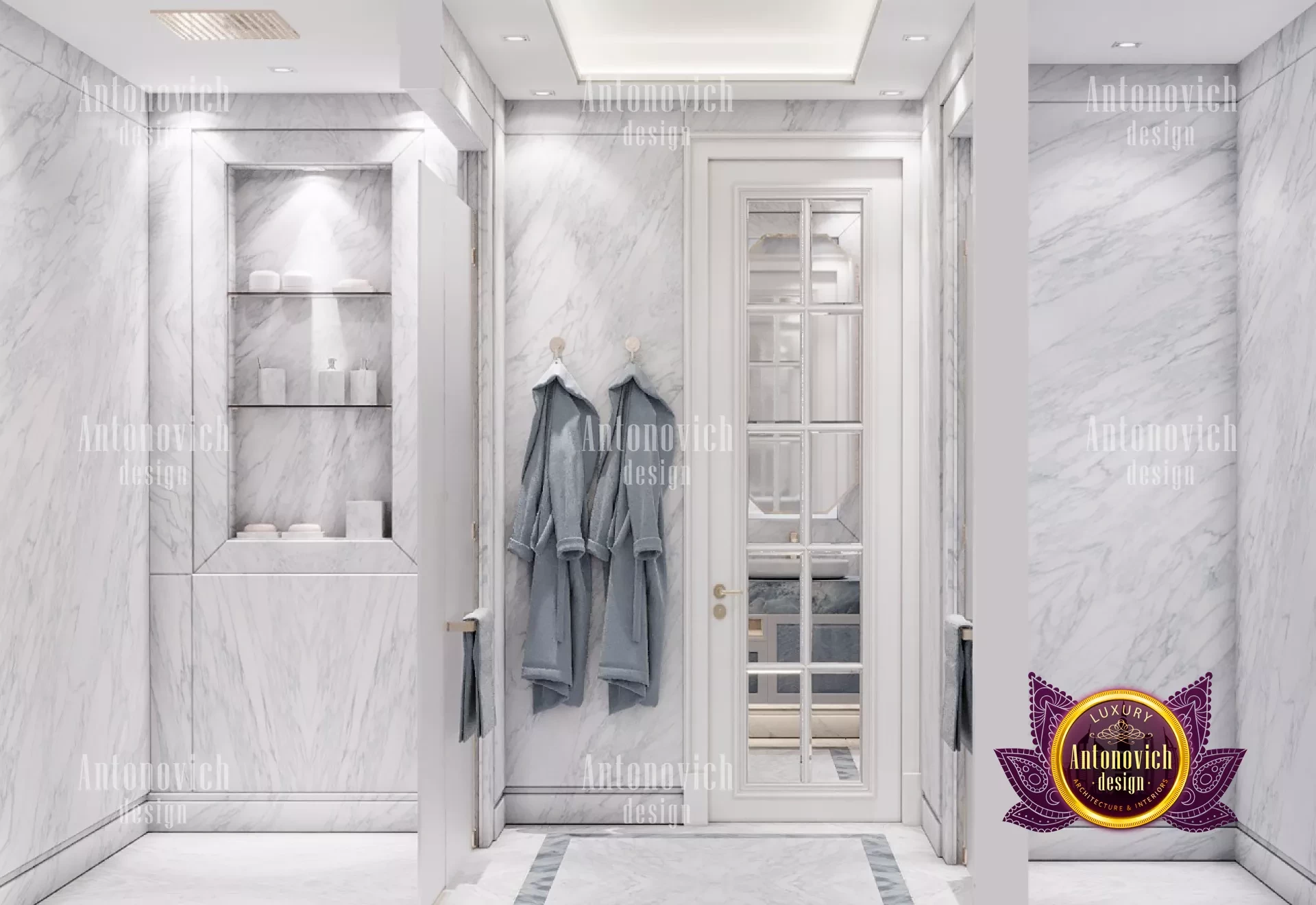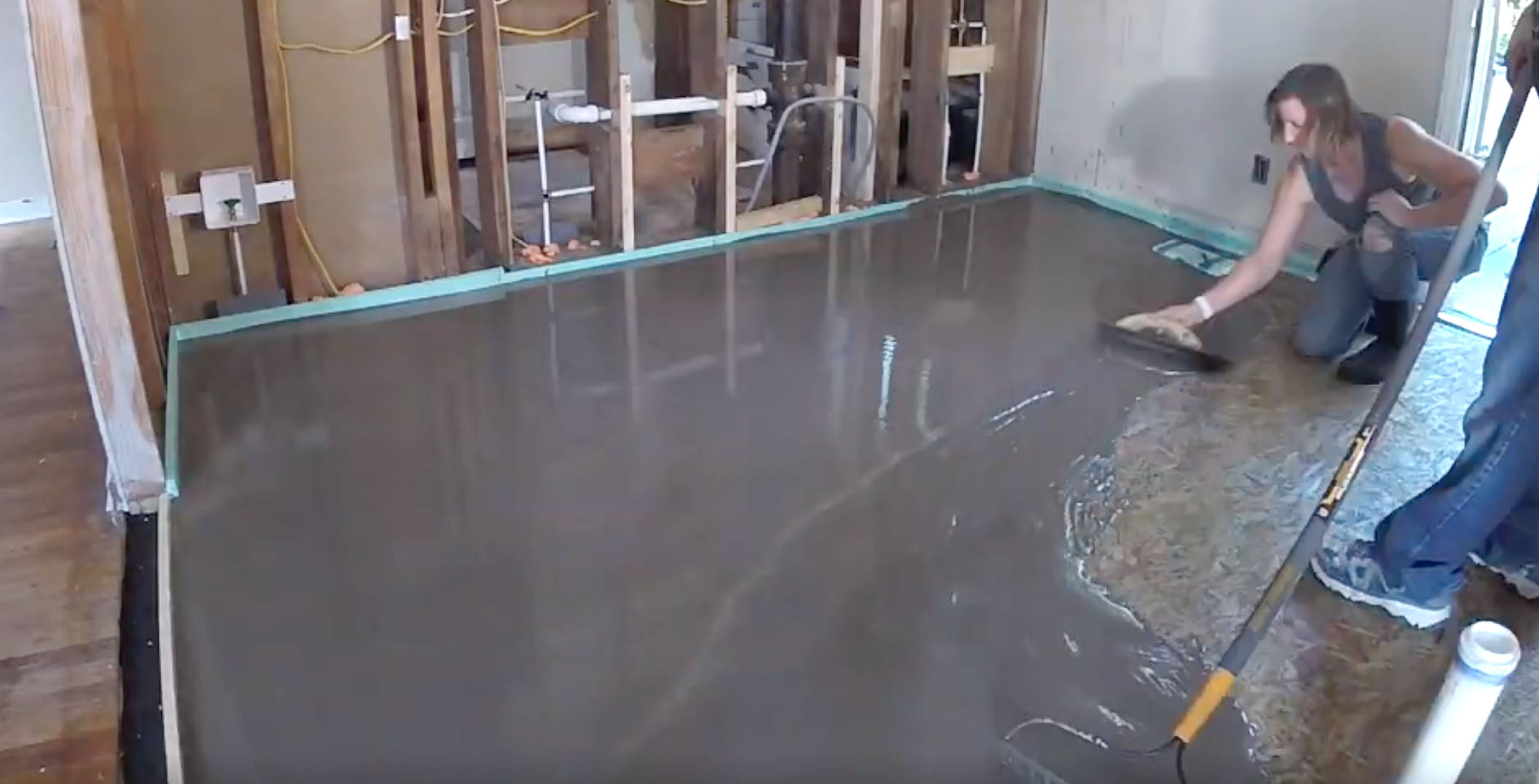Benefits of Self-Leveling Concrete for Bathroom Floors

A bathroom is a crucial space in any home, requiring careful consideration when it comes to flooring. Traditional methods often result in uneven surfaces, making the space prone to water damage and safety hazards. Self-leveling concrete, on the other hand, offers a superior solution for bathroom floors, delivering a smooth, durable, and water-resistant surface.
Improved Aesthetics
Self-leveling concrete provides a sleek and seamless finish, enhancing the overall aesthetic appeal of your bathroom. The smooth surface eliminates unevenness, creating a visually appealing and modern look that complements any design style. This eliminates the need for multiple layers of tile or other materials, resulting in a more streamlined and sophisticated appearance.
Enhanced Durability
Self-leveling concrete is incredibly durable, capable of withstanding heavy foot traffic and the weight of bathroom fixtures. This makes it an ideal choice for high-traffic areas like bathrooms, ensuring a long-lasting and resilient floor that can withstand the test of time. The strength and durability of self-leveling concrete contribute to a more resilient and dependable bathroom environment, reducing the need for frequent repairs or replacements.
Exceptional Water Resistance
Bathrooms are susceptible to moisture and water damage. Self-leveling concrete offers exceptional water resistance, making it an ideal solution for this high-moisture environment. The dense, non-porous surface prevents water from penetrating, minimizing the risk of mold, mildew, and rot. This inherent water resistance ensures a healthier and safer bathroom environment, protecting the floor from the damaging effects of water exposure.
Improved Accessibility and Safety
Self-leveling concrete creates a smooth and level surface, making it easier to navigate for individuals with mobility issues. The absence of unevenness eliminates tripping hazards, promoting a safer and more accessible bathroom environment. This feature is particularly important for elderly individuals, people with disabilities, and young children, enhancing their safety and independence within the bathroom.
The Self-Leveling Concrete Installation Process
The process of installing self-leveling concrete in a bathroom floor involves a series of steps, each crucial for achieving a smooth, even surface. Proper preparation, mixing, and curing are essential for optimal results.
Preparing the Subfloor
Preparing the subfloor is the first step in installing self-leveling concrete. This involves ensuring a solid, level, and clean surface for the concrete to adhere to.
- Remove existing flooring: This includes removing tiles, vinyl, or any other existing floor coverings.
- Repair any cracks or damage: Fill any cracks or holes in the subfloor with patching compound or epoxy.
- Level the subfloor: Use a leveling compound or concrete patch to fill in any low spots and create a smooth, level surface.
- Clean the subfloor: Remove all dust, debris, and loose particles from the subfloor using a vacuum cleaner or broom.
Mixing and Pouring Self-Leveling Concrete, Self leveling concrete bathroom floor
Once the subfloor is prepared, you can mix and pour the self-leveling concrete.
- Follow the manufacturer’s instructions: Each brand of self-leveling concrete has specific mixing and pouring instructions. It is essential to follow these instructions carefully to ensure proper consistency and setting time.
- Mix the concrete: Use a drill with a mixing paddle to mix the self-leveling concrete with water according to the manufacturer’s instructions.
- Pour the concrete: Pour the mixed concrete onto the prepared subfloor, starting from the furthest corner of the room. Use a trowel or squeegee to spread the concrete evenly and level the surface.
- Consider thickness: The thickness of the self-leveling concrete layer will depend on the level of unevenness in the subfloor. Most self-leveling concrete products can be applied in layers up to 1/2 inch thick.
- Leveling: After pouring the concrete, use a long, straight edge or a leveling tool to ensure the surface is level. This may require multiple passes to achieve a smooth, even surface.
Curing and Finishing
After pouring and leveling the self-leveling concrete, it is essential to allow it to cure properly.
- Curing: The curing process involves keeping the concrete moist to allow it to harden properly. This can be achieved by covering the floor with plastic sheeting or by using a curing compound. The curing time will vary depending on the type of self-leveling concrete used and the ambient temperature.
- Finishing: Once the concrete has cured, you can finish the floor by sanding or grinding it to achieve a smooth, even surface. This will help to remove any imperfections and prepare the floor for the installation of new flooring.
Considerations for Bathroom Floor Design with Self-Leveling Concrete: Self Leveling Concrete Bathroom Floor

Self-leveling concrete offers a versatile solution for bathroom floors, providing a smooth, durable, and aesthetically pleasing surface. However, achieving the desired look and functionality requires careful planning and consideration of various design aspects. This section explores the key considerations for designing bathroom floors with self-leveling concrete, ensuring a successful and satisfying outcome.
Types of Self-Leveling Concrete for Bathroom Floors
Self-leveling concrete comes in different types, each suited for specific applications and requirements. Understanding these variations is crucial for choosing the right type for your bathroom floor.
- Standard Self-Leveling Concrete: This type is commonly used for leveling subfloors and creating a smooth surface for tile installation. It typically has a high compressive strength and is suitable for areas with moderate traffic.
- Polymer-Modified Self-Leveling Concrete: This type is more flexible and crack-resistant, making it ideal for areas with high traffic or movement, such as bathroom floors. It also provides better adhesion to various substrates.
- Epoxy-Based Self-Leveling Concrete: This type offers exceptional durability, chemical resistance, and moisture-proofing, making it a suitable choice for bathrooms prone to moisture or spills. It is also available in various colors and finishes.
- Acrylic-Based Self-Leveling Concrete: This type is known for its rapid drying time, making it ideal for projects requiring a quick turnaround. It is often used for thin applications and is available in various colors and finishes.
Design Options for Creating Textures and Finishes
Self-leveling concrete provides a blank canvas for creating unique textures and finishes, enhancing the aesthetic appeal of your bathroom floor.
- Polished Finish: This finish provides a smooth, glossy surface that reflects light, creating a modern and elegant look. It requires proper polishing techniques and maintenance to maintain its shine.
- Textured Finish: Various techniques can be used to create textured finishes, such as stamping, troweling, or using aggregates. This option adds visual interest and can create a more slip-resistant surface.
- Colored Concrete: Self-leveling concrete can be pigmented with various colors, allowing you to create a custom look that complements your bathroom design. Pigments are added during the mixing process, ensuring a consistent color throughout the floor.
- Decorative Concrete: This option involves incorporating decorative elements, such as mosaics, tiles, or inlays, into the self-leveling concrete surface. This technique allows for personalized designs and adds a unique touch to the bathroom floor.
Incorporating Heating Systems and Drainage Solutions
Self-leveling concrete offers flexibility in incorporating heating systems and drainage solutions, enhancing the functionality and comfort of your bathroom floor.
- Radiant Floor Heating: Radiant floor heating systems can be installed beneath the self-leveling concrete, providing even heat distribution and a cozy feeling underfoot. This system is particularly beneficial for colder climates or for individuals with mobility issues.
- Drainage Systems: Self-leveling concrete can be used to create a seamless transition between the floor and a shower or tub area, incorporating drainage systems for water runoff. This ensures a smooth and aesthetically pleasing surface while maintaining proper water management.

